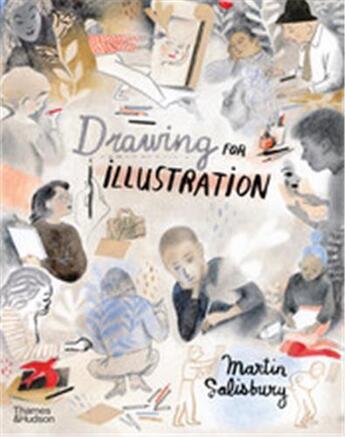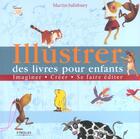Résumé:
An instructive book that examines the practice of drawing for illustration through case studies and sketchbooks, written by one of the world's foremost experts and teachers on the subject.
This essential handbook explores the subject of drawing for illustration in-depth, with an emphasis on... Voir plus
An instructive book that examines the practice of drawing for illustration through case studies and sketchbooks, written by one of the world's foremost experts and teachers on the subject.
This essential handbook explores the subject of drawing for illustration in-depth, with an emphasis on drawing as a skill and fundamental language that every illustrator should master. It aims to encourage students through examples and case studies, by showcasing the often-unseen world of draughtsmanship that underpins the finished graphic. From book illustration to graphic novels, caricatures to commercial design, it draws on contemporary sketchbooks, projects and historical examples to make the connection between the practice of drawing from observation and drawing from imagination.
Martin Salisbury sets out by explaining the fundamentals of this exciting discipline, before outlining the basic principles of line, tone, composition and colour through inspiring examples. Different approaches to drawing including anecdotal, sequential and reportage are examined, to enable students to acquire their own personal visual language. Interviews with illustrators also provide invaluable insight into the creative process, as they outline their challenges and motivations, and what drawing personally means for them.
Packed with visual inspiration, this book features detailed analysis of works by key illustrators from past and present including George Cruikshank, Egon Schiele, Ronald Searle and Sheila Robinson through to Laura Carlin, Alexis Deacon and Isabelle Arsenault, looking at the differing roles drawing plays in their particular illustrative languages and how styles have changed over time.
Donner votre avis















